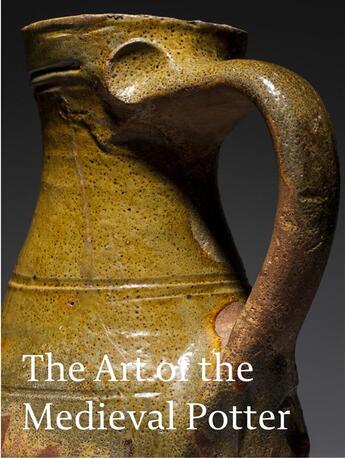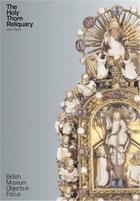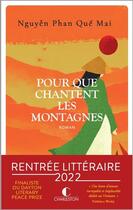Résumé:
The Art of the Medieval Potter aims to demystify the art of the Middle Ages by highlighting the beauty and familiarity of ceramic pots and tiles from Medieval Europe, with an emphasis on 13th-16th century England.
Medieval ceramics were the subject of great interest in the early and mid- 20th... Voir plus
The Art of the Medieval Potter aims to demystify the art of the Middle Ages by highlighting the beauty and familiarity of ceramic pots and tiles from Medieval Europe, with an emphasis on 13th-16th century England.
Medieval ceramics were the subject of great interest in the early and mid- 20th century - bought about in part by the boom in rescue archaeology and discovery of kiln sites - but not since. Though there has been a great deal of scholarly research in recent years it has been technical and archaeological rather than treating the subject as art. Informed by all the latest archaeological research, this handsome volume is illustrated with brilliant new photography and detailed examination of the decoration of each object, revealing each remarkable pot and tile in all its glory.
A highlight will be the Kedleston Hall pitcher, a magnificent and enormous late-Norman period glazed pitcher, c. 1220-50, which is one of the most important and interesting early medieval relics of the potters' art which has ever been exhumed, and certainly the centrepiece of the foremost kiln site to have been discovered in the North Midlands.
Often highly decorated, the jugs and pitchers examined here would have been symbols of the status of the owners and were much prized accordingly.
The tiles would have been in abbey churches, royal palaces, parish churches and the homes of wealthy citizens. Despite their simple tools and kiln equipment, the medieval tile makers proved extremely skilful in the production of different types - ranging from variously shaped plain tiles, which were assembled into complex mosaic floors, to two-coloured inlaid tiles, and stamped-relief and line-impressed tiles, all decorated with a wealth of different patterns and designs.
Accompanying an exhibition in April 2014 at Sam Fogg, London, a specialist in the art of the European Middle Ages. For 30 years then the gallery has presented a series of exhibitions and publications, breaking new ground in the fields of medieval sculpture, stained glass, works of art, illuminated manuscripts, Ethiopian and Armenian Art, Islamic manuscripts and calligraphy and Indian paintings.
Donner votre avis















